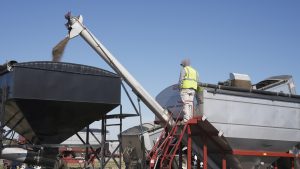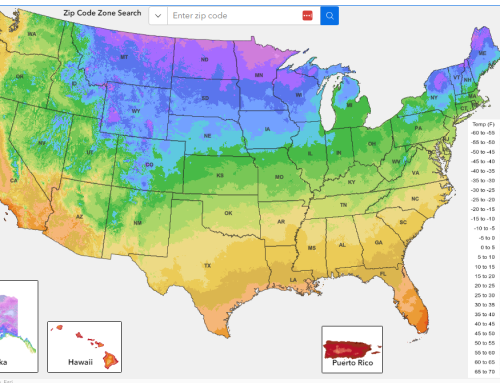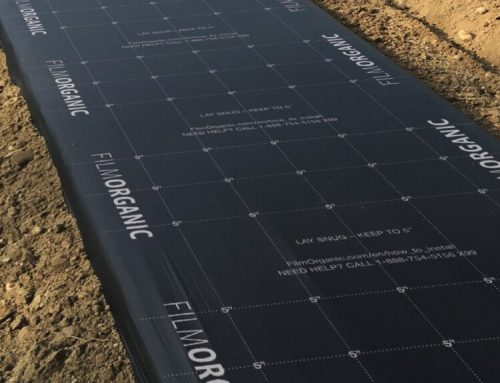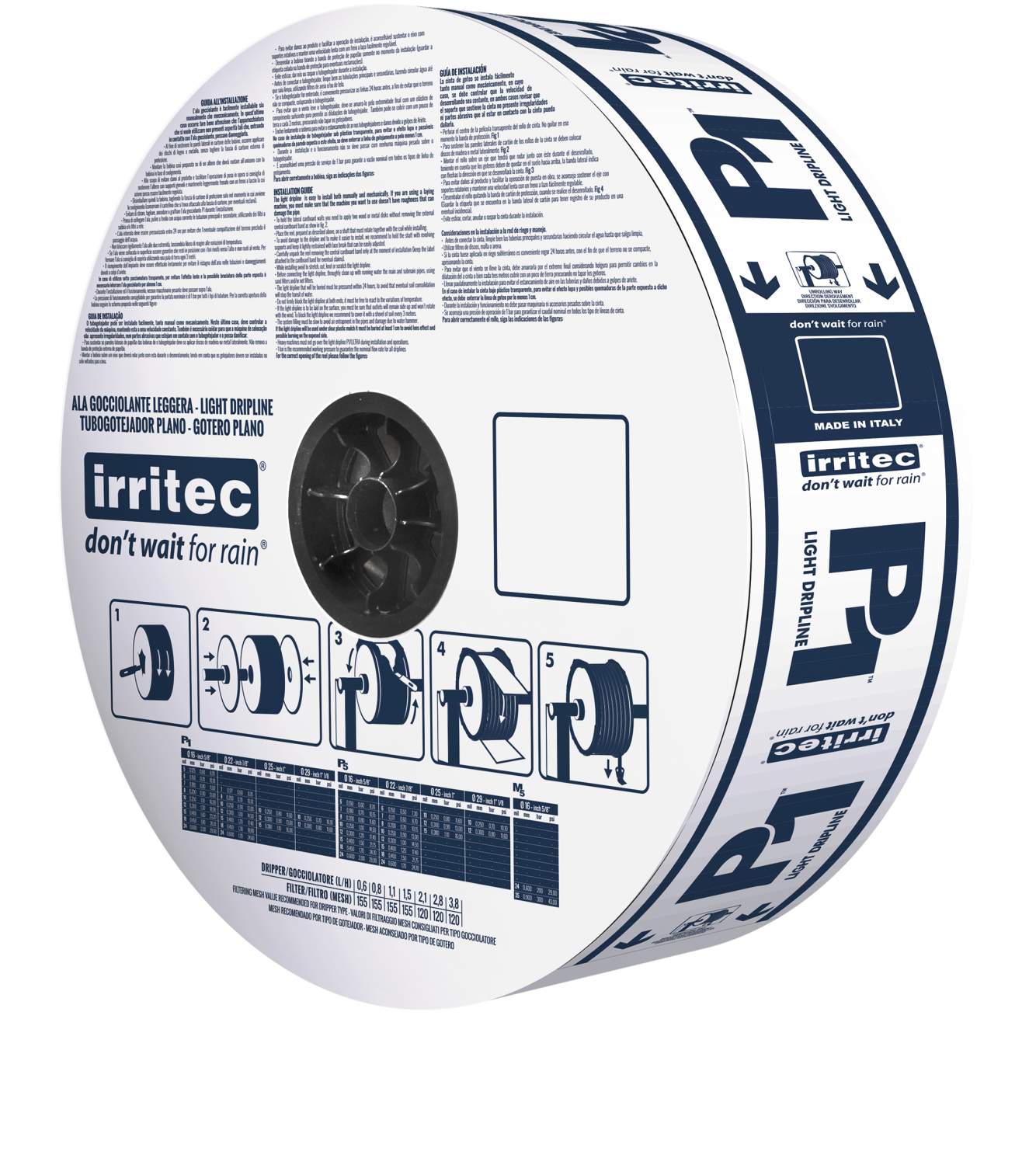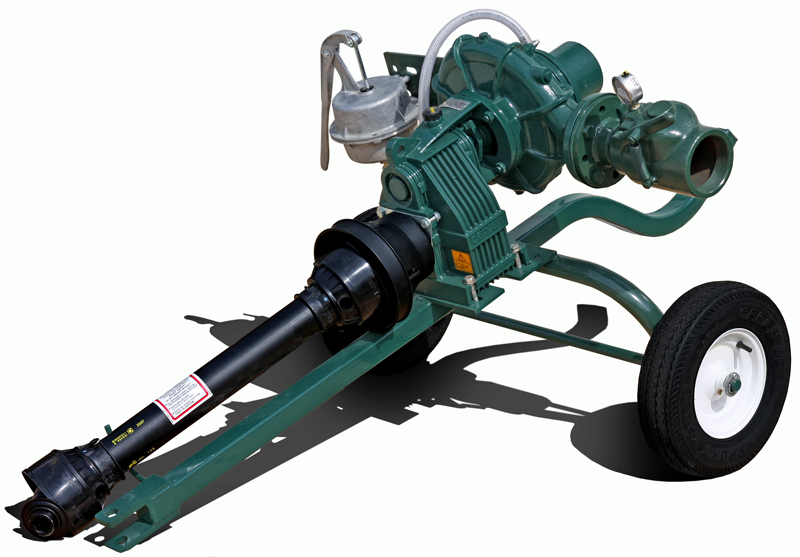In case you are wondering why more farmers are moving to manure as a fertilizer, the price of conventional fertilizer is up substantially from 2021 and current world affairs show no sign of reversing this trend in the near future. By far, historically, the largest exporter of agricultural fertilizer is Russia at $7 billion annually. The United States ranks fourth at $3.6 billion. Obviously, with the current worldwide sanctions on Russia, this is leaving a large void in the international market – one that is not easily filled.
According to a recent article in National Geographic, “If you speak to a farmer in North America or Oceania, the main talk is fertilizers, specifically the price and availability of fertilizers,” de Jager told a virtual conference on the subject recently. “Prices are more or less 78 percent higher than average in 2021, and this is cracking up the production side of agriculture. In many regions farmers simply can’t afford to bring fertilizers to the farm, or even if they could, the fertilizers are not available to them. And it’s not just fertilizers, but agrichemicals and fuel as well. This is a global crisis and it requires a global response.”
Rodney Rulon is better off than many farmers this year. A progressive farmer in Arcadia, Indiana, he has been using no-till techniques, cover crops, and chicken litter on his family’s 7,200 acres of corn and soybean fields since 1992. Combined with extensive soil testing each year, he’s cut his chemical fertilizer use 20 to 30 percent, he says—but it’s still his largest input.
“We’re making big cuts to what we’re spending on fertilizer this year,” Rulon says. “It’s $1,200 a ton for P and K. It was $450 last year. Nitrogen was $500-550 a ton last year. Now it’s well over $1,000. You just took our biggest expense and doubled it.” He can’t even get the 3,000 tons of chicken litter he normally uses in place of chemical phosphorus and potassium. He had a gentleman’s agreement with his supplier to purchase his usual amount for $60 a ton, but it sold out to a higher bidder.
High fertilizer prices have caused a run on manure in many parts of the country as farmers scramble for alternatives and seek ways to cut their fertilizer bills. That might not be a bad thing, says Antonio Mallarino, a soil scientist and plant nutrient expert at Iowa State University, who has been trying for decades to get farmers to stop overfertilizing.
“On 50 to 60 percent of fields in Iowa you could not apply P (phosphorus) and K (potassium) for 10 years and they’d be okay,” Mallarino says.
The net result is that the level of interest in natural. locally sourced fertilizers is expected to remain high throughout 2022 and likely into 2023. To learn more about how manure is being used to combat the increase in the cost of fertilizer in the United States, read our blog article Now We Are Importing Manure?
Remember that IrrigationSupplyParts.com is your one stop for all your irrigation needs. We provide quality replacement parts, supplies, fittings, and equipment for irrigation, manure and wastewater.
Visit the website or call 517-458-9741.


